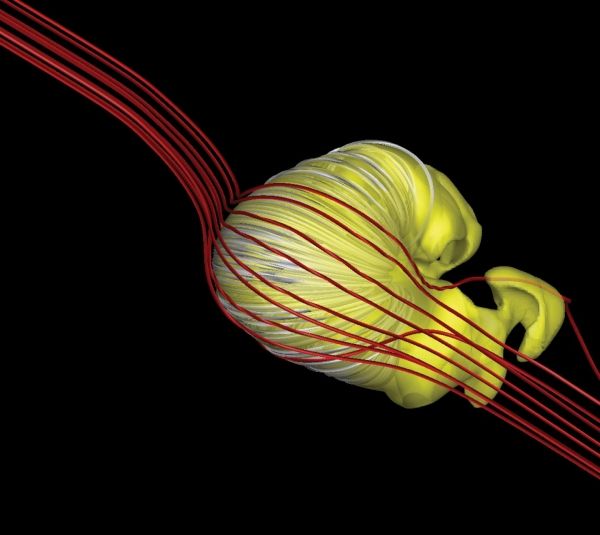Scientists have developed a new prediction of the shape of the bubble surrounding our solar system using a model developed with data from NASA missions.
All the planets of our solar system are encased in a magnetic bubble, carved out in space by the Sun’s constantly outflowing material, the solar wind. Outside this bubble is the interstellar medium — the ionized gas and magnetic field that fills the space between stellar systems in our galaxy. One question scientists have tried to answer for years is on the shape of this bubble, which travels through space as our Sun orbits the center of our galaxy. Traditionally, scientists have thought of the heliosphere as a comet shape, with a rounded leading edge, called the nose, and a long tail trailing behind.
The shape of the heliosphere is difficult to measure from within. The closest edge of the heliosphere is more than ten billion miles from Earth. Only the two Voyager spacecraft have directly measured this region, leaving us with just two points of ground-truth data on the shape of the heliosphere.
Read more at: NASA/Goddard Space Flight Center
An updated model suggests the shape of the Sun's bubble of influence, the heliosphere (seen in yellow), may be a deflated croissant shape, rather than the long-tailed comet shape suggested by other research. (Photo Credit: Opher, et al.)


